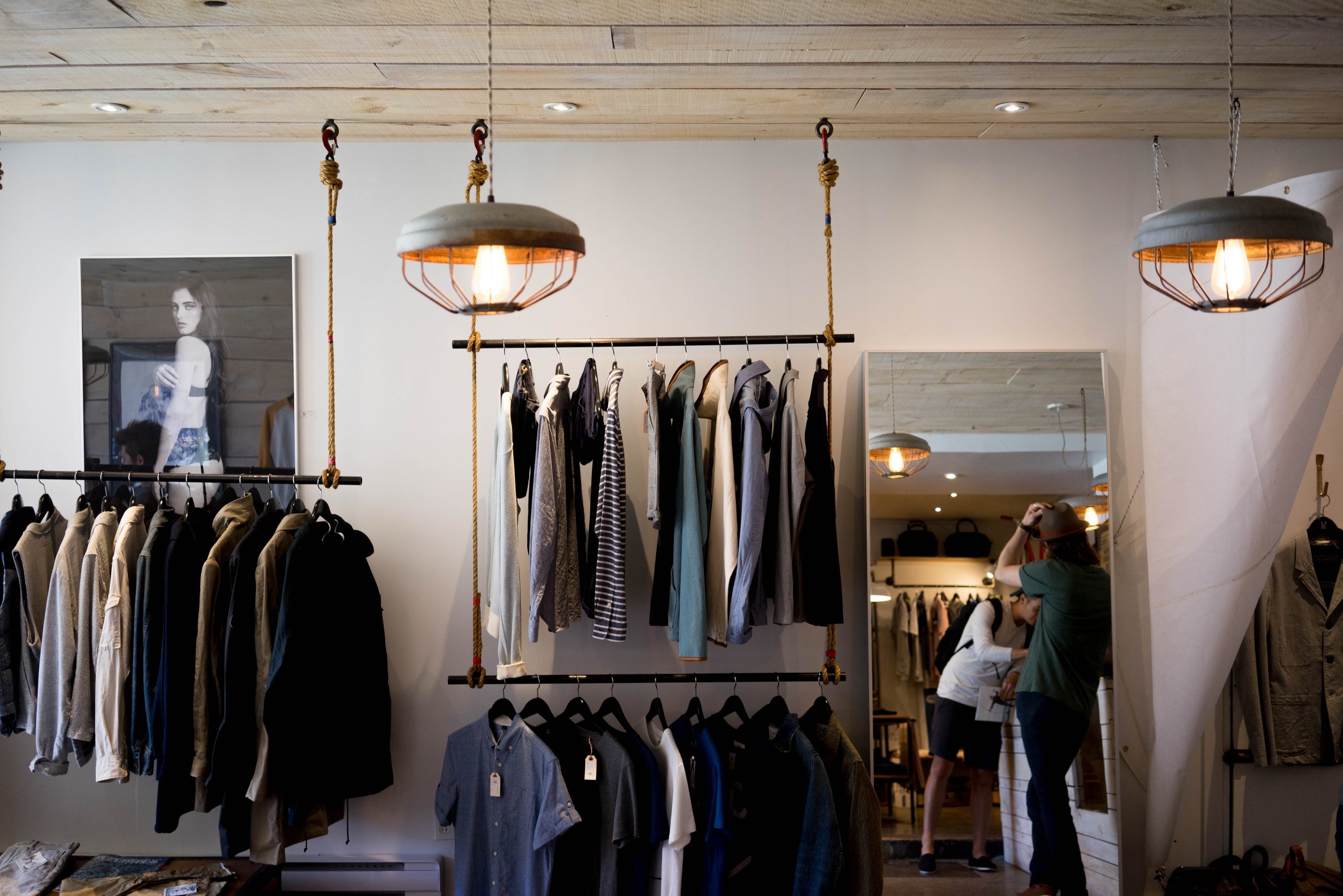Part of the history of Los Angeles is embedded in shopping. Not only is the Hollywood sign iconic and historic, visiting a boutique clothing shop in Los Angeles is also a way of life.
After all, you’d be hard-pressed to find anyone who has not heard of Rodeo Drive - one of the top shopping streets in the world. However, LA and places like Pasadena also have plenty of areas where boutique shops bloom like rain-cultivated flowers.
The word, “boutique,” is French for “shop.” It originally defined a kiosk or a small shop.
The boutique eventually evolved into a trendy and fashionable store - a store that featured jewelry and clothing, often in high-end shopping districts.
Unlike the clothes displayed by big box stores, boutiques are niche retailers - places that carry a smaller but more favorable selection of items. Therefore, the clothing and accessories are more unique. In other words, you’re less likely to wear the same outfit or accessory as someone else.
Also, the construction of boutique clothing is better, which makes the items more dependable and long-lasting.
The Birth of the Small Retail Shop
Small retailers were established during the period after the Second World War, or during the first part of the twentieth century. During that time, specialty shops prevailed in Paris, New York, and London. These shops were usually owned by a single owner or designer, and operated between large department stores and the exclusive couture houses.
The stores were created to cater to customers with the emphasis on personal attention. As early as the 1920s, designers in Paris featured their clothing styles in maisons de couture. Many of these items were less expensive. By the 1950s, designer clothing and accessories were prominently featured in boutiques internationally.
The Modern Boutique Movement
After the boutique concept originated in France, it reached the UK in the late 1960s. During that time, Bond Street and Avenue Montaigne boasted the most fashionable boutiques in Europe. It was during this time, as well, that this retail movement gained momentum.
This led to high-profile designers and fashion brands beginning boutique chains and the opening of specialized shops.
Moreover, the boutique concept led to the opening of well-known stores like Tiffany & Company and Collette in Paris - concept stores with lifestyle themes and upscale sought-after brands.
The Boutique Concept - Final Thoughts
The idea of a boutique is to provide fashionable and quality products, promote a specific brand, display high-profile products or services online, or establish a company’s identity.
Besides designer and women’s clothing and jewelry, boutiques also offer cosmetics and hair and skin care products offline and online,
It’s the personalized approach of the boutique store that patrons like today. Knowing the history of this concept store allows you to see how special and unique it is both to consumers and designers alike.













